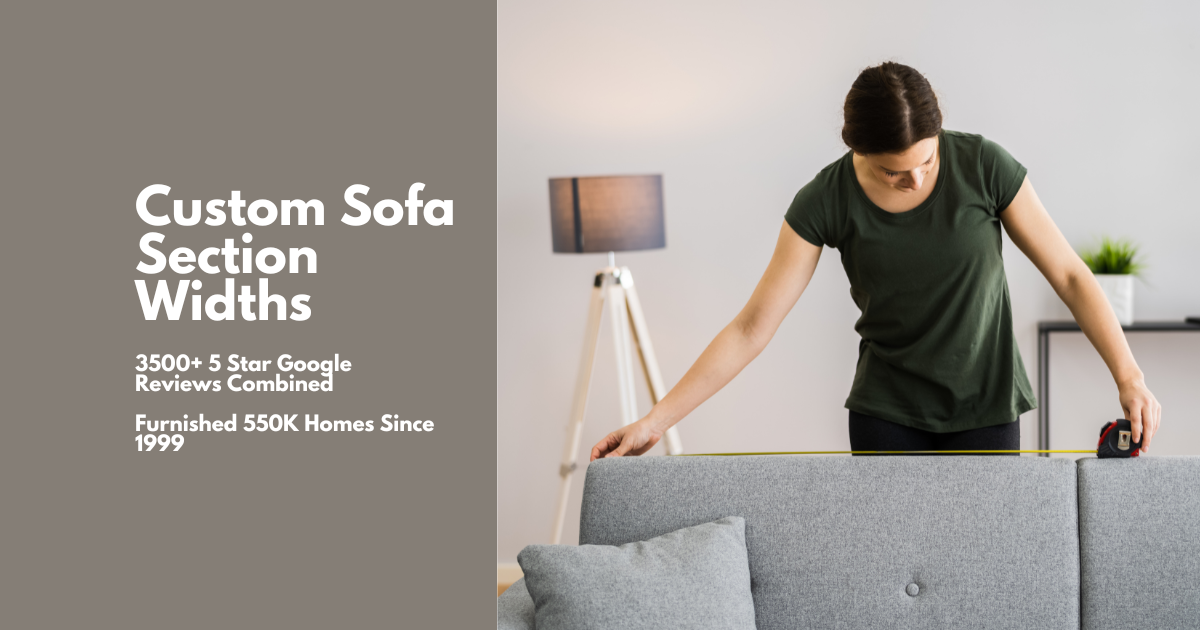
Transform Your Bedroom with the Perfect Color Palette
BedroomMaster 6.9 BedroomShare
Transforming your bedroom with the perfect color palette can significantly elevate your personal space 🌈. This journey involves understanding color psychology, assessing your room's lighting, and aligning your choices with your personal style for a harmonious atmosphere 🖌️.
- Understanding Color Psychology: Colors have the power to influence mood and energy. For example, blue promotes relaxation, while yellow can inject a sense of cheerfulness 🌞.
- Assessing Natural Light: Consider how much natural light your room gets. A brightly lit room might accommodate darker, more dramatic shades, while a dimly lit space may benefit from lighter hues that reflect light 🪟.
- Personal Style and Aesthetics: Ensure the color palette aligns with your personal style and any existing decor. Neutral tones like beige or grey often serve as a versatile base 🎨.
- Expert Advice: Interior designer Emily Roberts suggests experimenting with complementary colors to bring depth and interest. She recommends sampling paint on a wall to see how it changes throughout the day 🕒.
Embrace this transformation to create a sanctuary that reflects your unique taste, turning your bedroom into a bespoke retreat 🛏️.
Creating a vibrant and inviting bedroom doesn't require a complete overhaul. With the right color palette and some thoughtful planning, you can transform your bedroom into a rejuvenating sanctuary. Whether you're inspired by the serene blues of a coastal retreat or the bold, dynamic hues found in modern urban design, there's a colorful bedroom idea that can reflect your personality and style. Consider colors that not only resonate with your aesthetic sensibilities but also enhance your mood and promote relaxation. A well-designed bedroom can offer a refuge from the hustle and bustle of daily life, inviting peace and a touch of joy into your restful spaces.
Color experts often recommend starting with a mood board to gather your favorite color combinations and patterns. This approach simplifies color selection and ensures everything works together harmoniously. Popular choices include pairing soft neutrals with a standout accent color, or daring to mix deep jewel tones to create a luxurious yet comfortable ambiance. Rooms can be further enriched with the addition of multi-textured accessories like throw pillows, rugs, and curtains in complementary colors.
Often overlooked in the planning stages, lighting can dramatically influence the perception of color in a room. Natural light enhances the brightness of soft pastel colors, making them appear more vivid. In contrast, dim lighting can add a touch of mystery to deeper, more vibrant hues. Incorporating layered lighting, such as a mix of pendant lights, lamps, and wall fixtures, can help adjust the ambiance of your bedroom according to your mood or time of day.
Ashton 6-Drawer Solid Wood Queen Storage Bed ITG-1366B
Choosing the Perfect Hue for Your Space
Choosing the perfect color for your bedroom involves more than just personal preference; it’s about understanding how different shades influence your mood. Cool tones like blues and greens can create a calming effect, often chosen for spaces where relaxation and rest are paramount. Warm hues such as reds and oranges, on the other hand, energize and invigorate, making them ideal if your bedroom doubles as a workspace.
Consider your daily routine and how each color feels at different times of the day under varying light conditions. A soft mauve might seem dreary in the early morning but exude warmth as afternoon sunlight streams in. Opt for test pots and apply paint samples to the wall, observing how they change throughout the day. This small step can save you from color regret later on.
Combining Color with Texture
An essential part of designing a colorful bedroom is incorporating various textures that add depth and interest to your color scheme. Textured elements like woven blankets, plush rugs, and linen curtains can introduce subtle shades and tactile comfort. Mixing materials such as velvet and leather can result in a sophisticated look, elevated by carefully curated color choices that reflect your individual style.
Incorporating wood elements, for instance, can bring warmth and organic charm to the room. The natural grains and hues found in wooden furniture or flooring complement a wide range of colors, from the lightest creams to the deepest blues. An Ashton 6-Drawer Solid Wood Queen Storage Bed not only adds functionality with its storage capabilities but also provides a natural centerpiece that other colors can play off.
Creating a Balanced Color Scheme
Establishing a balanced color scheme in your bedroom requires consideration of the 60-30-10 rule. This design principle can guide you in achieving a harmonious look: 60% of the room's color should be a dominant shade, usually applied to walls and large furniture pieces. Next, 30% becomes the secondary color, found in upholstery and furnishings, while the final 10% is an accent color, often introduced through decorative items like artwork or vases.
These percentages create a visually appealing mix, preventing any single color from overpowering the room. By adhering to this rule, you can prioritize favorite shades while keeping the overall design cohesive and pleasing. Feel free to experiment with bold accent colors; a vibrant pop of yellow or teal can not only draw attention but also bring life to more muted primary and secondary hues.
Personalizing with Accessories
Decorative accessories are an easy and budget-friendly way to introduce color without the commitment of paint or big furniture changes. Throw pillows, artwork, and even indoor plants can infuse the space with vibrant shades and seasonal trends. Swapping these out regularly allows for easy updates, refreshed lines, and renewed vibrancy.
Accessories with intricate patterns or bold prints can also spotlight your bedroom's color scheme, creating focal points that draw the eye. For instance, a striking wallpaper or large statement piece over your bed can serve as the room's anchor, from which other color choices flow. Remember, accessories should accentuate your primary design elements without overshadowing the intended aesthetic.











